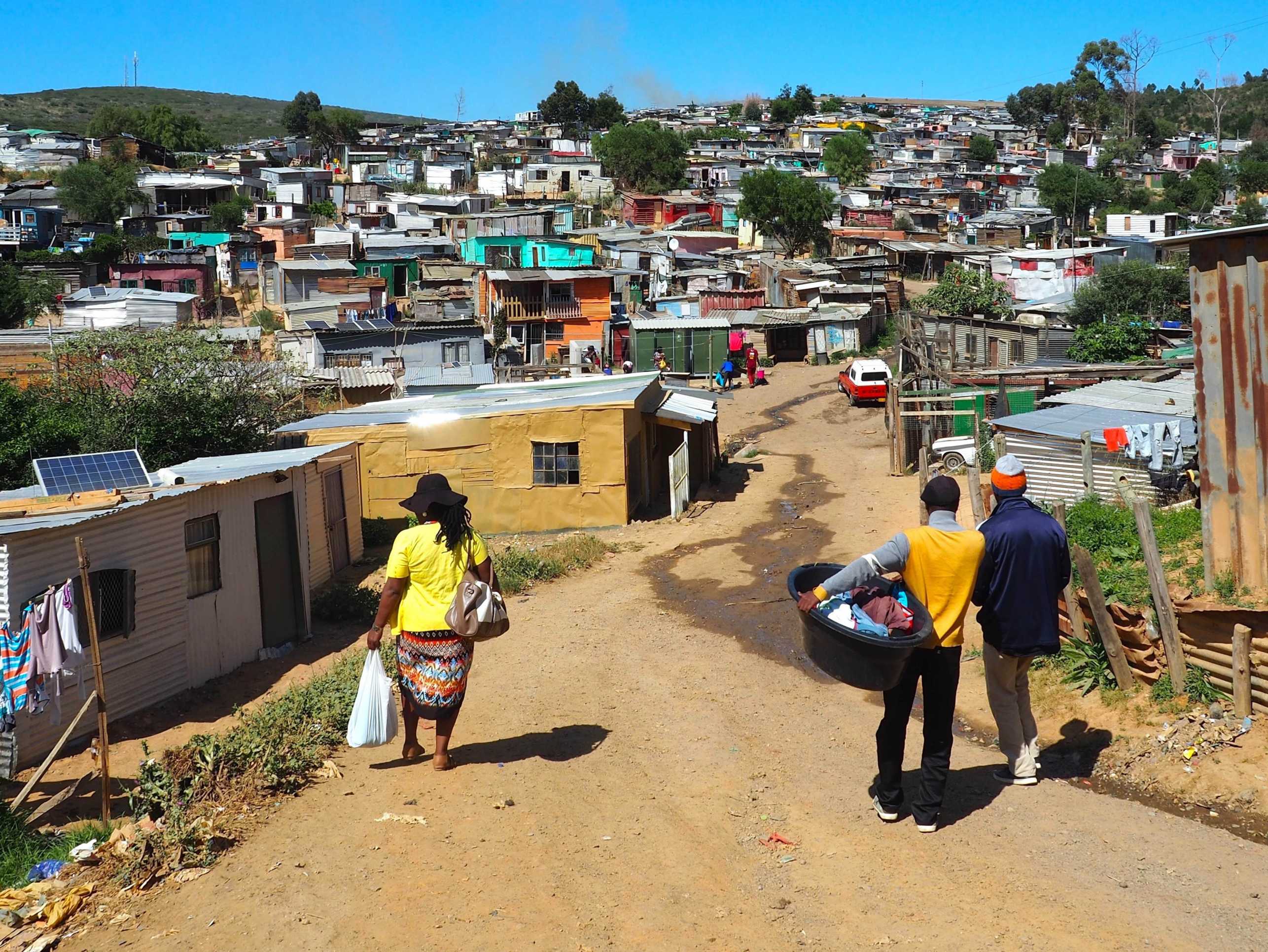Study: An Empirical Test of Pedestrian Activity Theories Within Informal Settlements
Pedestrian life has rarely been studied in informal areas. An ETH study measures pedestrian activity in Cape Town, comparing it with theory-based predictions.

Pedestrian activity is often measured in the formal parts of cities, yet it has rarely been studied in informal settlements. A study in Cape Town by Yael Borofsky and Isabel Günther from the Development Economics Group and Stephanie Briers from the Transdisciplinarity Lab at ETH Zürich compares sensor-based measurements from pedestrian activity in informal settlements with two pedestrian activity theories.
More than a billion people live in informal settings, but still, there is not a lot of research related to pedestrian activity in such settings. The study, part of the issue “Urban Borderlands: Difference, Inequality, and Spatio‐Temporal In‐Betweenness in Cities” in the journal Urban Planning addresses this knowledge gap.
Using motion sensors installed in paths within a Cape Town informal settlement, the researchers measure pedestrian activity in the early morning and evening hours. Then, they compare the measurements with two-theory based predictions of activity in the neighborhood. The first theory is route optimization, according to which pedestrians optimize for the shortest or fastest route. The second theory is space syntax, which argues that the urban network configuration plays a lead role in shaping pedestrian activity.
The researchers find that route optimization is weakly correlated with average pedestrian activity, but predictions based on space syntax are even less accurate. Furthermore, both theories perform the worst at the border between informal and formal. These findings suggest there is a need for a new theory of route selection, which accounts for the specific characteristics of informal urban settlements — like high density and narrow, constantly changing streets — as well as the poorly understood interaction at the border between informal and formal spaces.